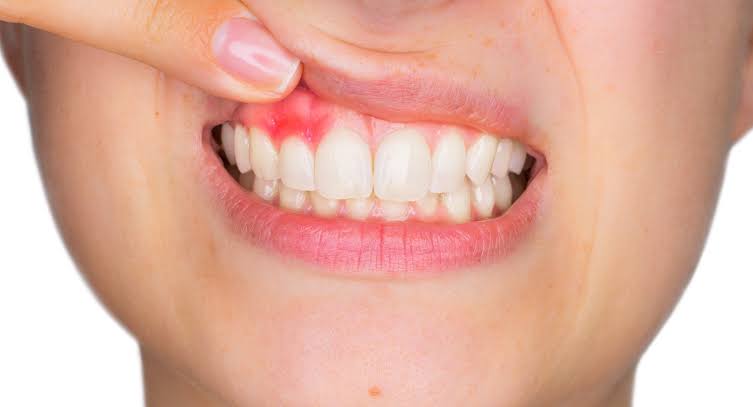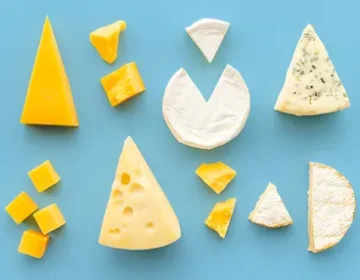Gum disease
Morin-based powder, derived from guava leaves, apple peel, and figs, can be gradually released using polymers and offers a potential substitute for antibiotics.
A powder formulated from morin, a natural compound found in guava leaves, apple and fig peels, certain teas, and almonds, demonstrated antimicrobial, anti-inflammatory, and antioxidant activity against the bacteria responsible for periodontal disease.
Researchers expect that delivering the substance through polymers for controlled release could support nonsurgical therapies and serve as an alternative to antibiotics in managing harmful microorganisms.
Scientists at the Araraquara School of Dentistry at São Paulo State University (FOAr-UNESP) in Brazil evaluated morin on a multispecies biofilm composed of different bacterial strains designed to mimic the disease’s impact on patients’ gums.
The results were published in the Archives of Oral Biology. The study was conducted by Luciana Solera Sales during her doctoral studies at FOAr-UNESP, under the supervision of Fernanda Lourenção Brighenti. FAPESP supported the study through a doctorate and a research internship abroad.
Other researchers involved in the study included Andréia Bagliotti Meneguin from the Faculty of Pharmaceutical Sciences of Araraquara (FCFAr) at UNESP; Hernane da Silva Barud from the University of Araraquara (UNIARA); and Michael Robert Milward from the Faculty of Dentistry at the University of Birmingham in England.
Developing oral hygiene platforms
“At the moment, we have a fine powder obtained through spray drying – which is the same equipment used to make powdered milk – that can be used to make various types of oral hygiene products. The idea is to provide a platform that acts as an adjunct and can be useful, for example, for people with reduced motor skills who are unable to brush their teeth properly, such as older adults and patients with special needs.”







